Gardens provide a lush and inviting environment for humans, plants, and wildlife alike. However, they can also attract snakes, which, while often beneficial in controlling pests, may pose a concern for gardeners. Many people fear snakes, but most species found in residential gardens are non-venomous and helpful, feeding on rodents, insects, and other pests. Nevertheless, it is important to implement safe strategies to protect your garden and yourself without harming wildlife.
This guide explores practical and safe methods to prevent snake encounters, maintain a healthy garden ecosystem, and reduce the risk of accidental bites.
Understanding Snake Behavior
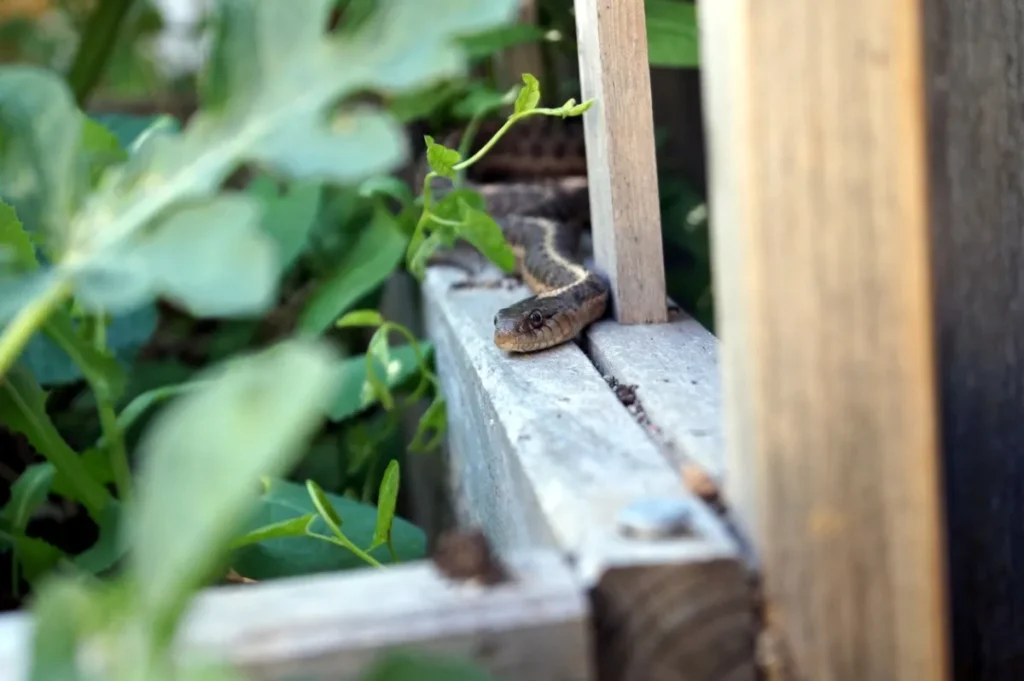
Knowing how snakes behave is key to preventing conflicts in the garden:
- Habitat preference: Snakes seek areas with cover, warmth, and food. Gardens with dense vegetation, rocks, logs, or compost piles are particularly attractive.
- Nocturnal activity: Many species are most active at night, while some hunt during the day.
- Predatory role: Snakes feed on rodents, insects, frogs, and other small animals, contributing to a balanced garden ecosystem.
- Flight over fight: Snakes generally avoid humans and will retreat if given the opportunity.
Understanding these behaviors allows gardeners to create an environment that discourages snake presence without harming them.
Method 1: Keep the Garden Clean and Tidy
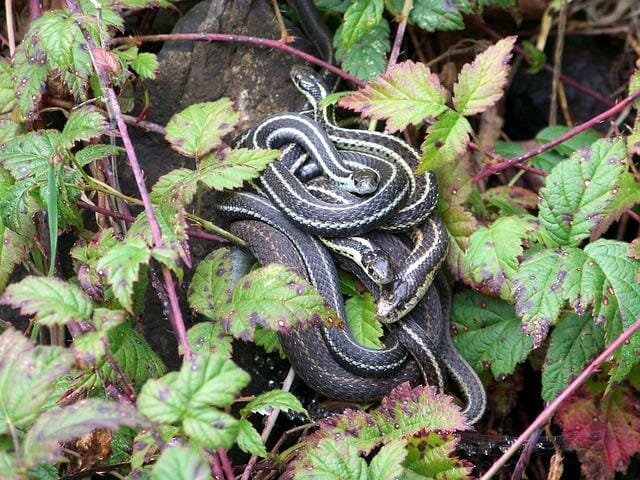
Cluttered gardens provide snakes with hiding spots and make them more likely to linger.
Tips for a Clean Garden
- Remove debris: Clear piles of wood, rocks, and leaf litter where snakes may hide.
- Trim vegetation: Keep grass, shrubs, and ground cover well-trimmed to reduce shelter.
- Organize storage areas: Elevate compost bins and store garden tools in sheds with tight-fitting doors.
- Regular inspection: Check for signs of rodent activity or potential snake shelters.
A tidy garden reduces the number of places snakes can safely hide, making your property less attractive to them.
Method 2: Reduce Food Sources
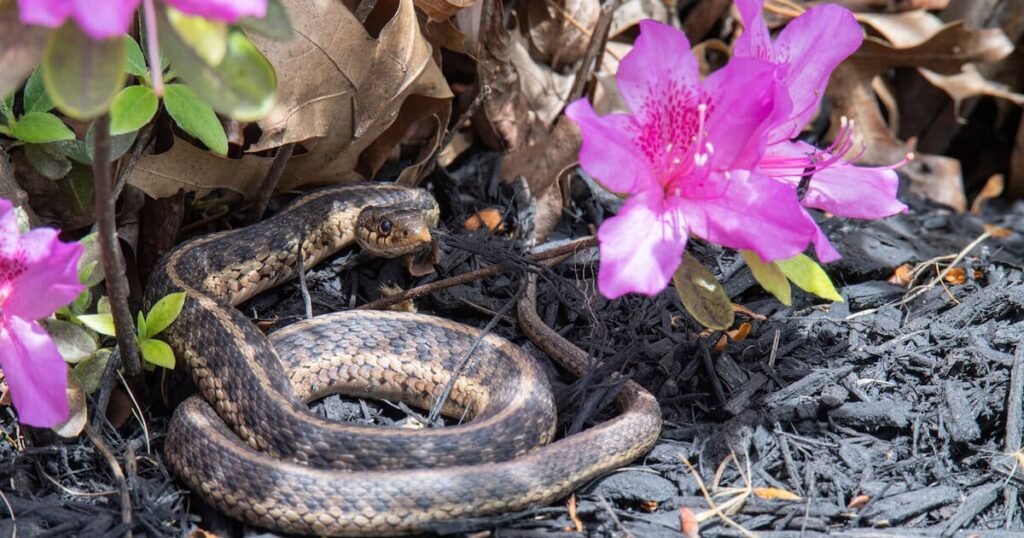
Snakes enter gardens primarily in search of food. By controlling their prey, you can reduce snake visits.
Strategies
- Rodent control: Seal garbage bins, store birdseed in secure containers, and remove fallen fruit to prevent rodents from thriving.
- Remove insect infestations: Snakes may feed on large insects or frogs; manage these populations naturally.
- Pet food management: Avoid leaving food outside overnight, as it attracts both prey and snakes.
By limiting food availability, you reduce the incentive for snakes to enter your garden.
Method 3: Create Barriers
Physical barriers can help prevent snakes from entering sensitive areas like patios, vegetable beds, and playground spaces.
Barrier Options
- Snake-proof fencing: Use fine mesh or hardware cloth buried 6-12 inches underground and angled outward at the top to prevent climbing.
- Raised garden beds: Snakes are less likely to enter elevated areas if sides are smooth and free of vegetation.
- Stone or gravel borders: Loose rocks or gravel make it difficult for snakes to hide or move silently.
Tips
- Ensure all gates and fence entrances are secure.
- Regularly inspect barriers for gaps or wear.
- Combine barriers with habitat management for maximum effectiveness.
Barriers are a humane, non-toxic method to protect specific areas while allowing snakes to exist in other parts of the garden safely.
Method 4: Use Natural Repellents
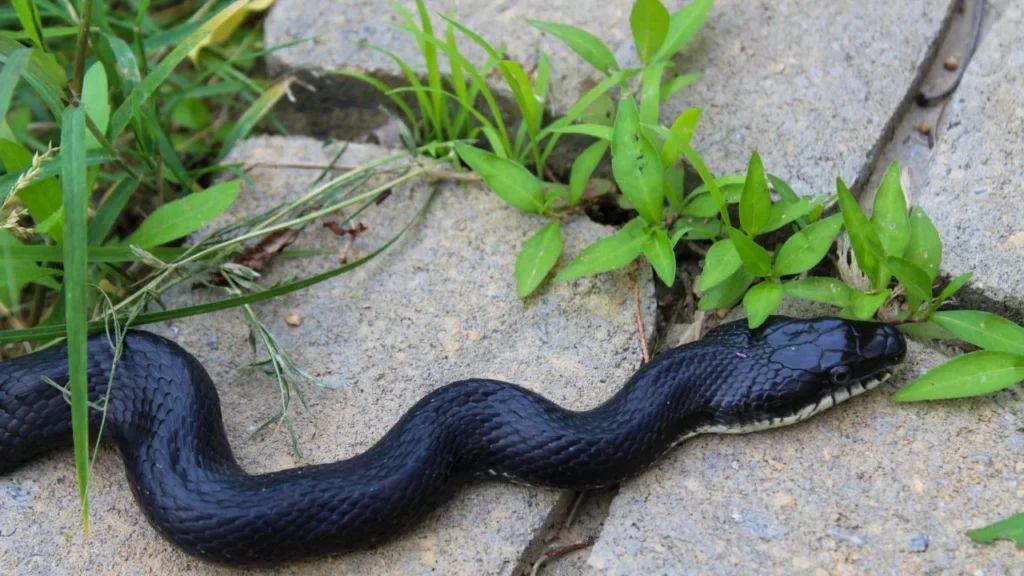
Several natural substances can discourage snakes from lingering in your garden.
Recommended Repellents
- Essential oils: Clove, cinnamon, and garlic oils can deter snakes when diluted and sprayed around garden edges.
- Sulfur and lime: Sprinkle sulfur powder along garden perimeters to create a barrier snakes tend to avoid.
- Plants with repellent properties: Some plants, such as marigolds, lemongrass, and mother-in-law’s tongue, may deter snakes through scent and dense foliage.
Tips
- Reapply repellents after rainfall or irrigation.
- Use repellents as part of a broader strategy, not as the only solution.
- Avoid direct contact with edible plants to prevent taste contamination.
Natural repellents provide a safe, environmentally friendly way to discourage snakes without harming them.
Method 5: Encourage Natural Predators
Certain animals help maintain snake populations at manageable levels, creating a balanced ecosystem.
Examples of Predators
- Birds of prey: Hawks and owls hunt small snakes and rodents.
- Domestic animals: Dogs and cats can deter snakes when supervised outdoors.
- Other wildlife: Turtles and some predatory mammals may occasionally hunt snakes.
Tips
- Install birdhouses or perches to attract predatory birds.
- Avoid overfeeding pets outdoors, which may attract rodents.
- Allow natural vegetation that supports a diverse ecosystem without providing excessive cover.
By encouraging predators, you naturally limit snake activity without using harmful methods.
Method 6: Monitor Moisture and Shelter Areas
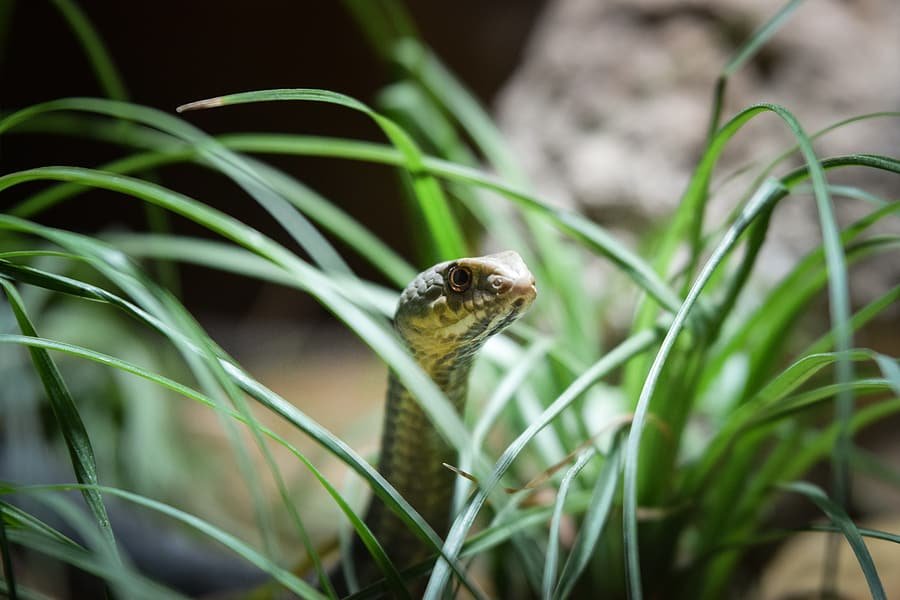
Snakes are attracted to damp areas that support their prey, such as frogs and insects. Managing water sources can make your garden less appealing:
- Fix leaky irrigation systems to prevent puddles.
- Avoid overwatering garden beds.
- Ensure proper drainage in low-lying areas.
- Cover ponds or water features with rocks or netting to limit access to snakes.
Controlling moisture helps reduce the likelihood of snakes entering your garden while maintaining plant health.
Method 7: Educate Yourself and Family
Knowledge is key to safely managing snake encounters:
- Learn to identify local snakes: Most are harmless; knowing which species are venomous helps reduce fear and ensures safety.
- Teach children garden safety: Encourage walking in paths and avoiding tall grass or brush.
- Avoid handling snakes: Even non-venomous species can bite if threatened.
Education reduces the risk of accidents and promotes safe coexistence with wildlife.
Common Mistakes to Avoid
- Using poisons: Can harm pets, children, and beneficial wildlife; often ineffective.
- Ignoring garden clutter: Overgrown areas attract snakes and their prey.
- Leaving food outdoors: Pet food, fallen fruits, and birdseed encourage both rodents and snakes.
- Disturbing snakes unnecessarily: Handling or chasing snakes can lead to bites.
- Relying solely on repellents: Without habitat management, snakes may return.
Avoiding these mistakes ensures a comprehensive, safe approach to snake management.
Benefits of Safe Snake Management
- Protects humans and pets from potential snake encounters.
- Preserves beneficial snake species that control rodents and insects.
- Reduces reliance on harmful chemicals, promoting safer soil and plants.
- Supports biodiversity, creating a balanced and thriving garden ecosystem.
- Cost-effective: Habitat management and barriers require minimal ongoing investment.
Safe snake management aligns with sustainable gardening practices and promotes long-term ecosystem health.
Conclusion
Snakes play a vital role in maintaining garden balance by controlling pests, yet their presence can cause concern for gardeners. Implementing safe, humane strategies protects both gardeners and their crops while allowing snakes to coexist as part of the ecosystem.
Key strategies include:
- Keep the garden tidy by removing debris and trimming vegetation.
- Reduce food sources by controlling rodents, insects, and outdoor pet food.
- Install barriers like snake-proof fencing, raised beds, and stone borders.
- Use natural repellents such as essential oils, sulfur, and repellent plants.
- Encourage natural predators to limit snake activity naturally.
- Monitor moisture and manage damp areas to reduce snake attraction.
- Educate yourself and family about snake identification and safe practices.
By integrating these approaches, gardeners can enjoy a safe, productive, and snake-aware garden. Safe snake management promotes coexistence, reduces risk, and maintains the ecological balance that supports both plants and wildlife.
